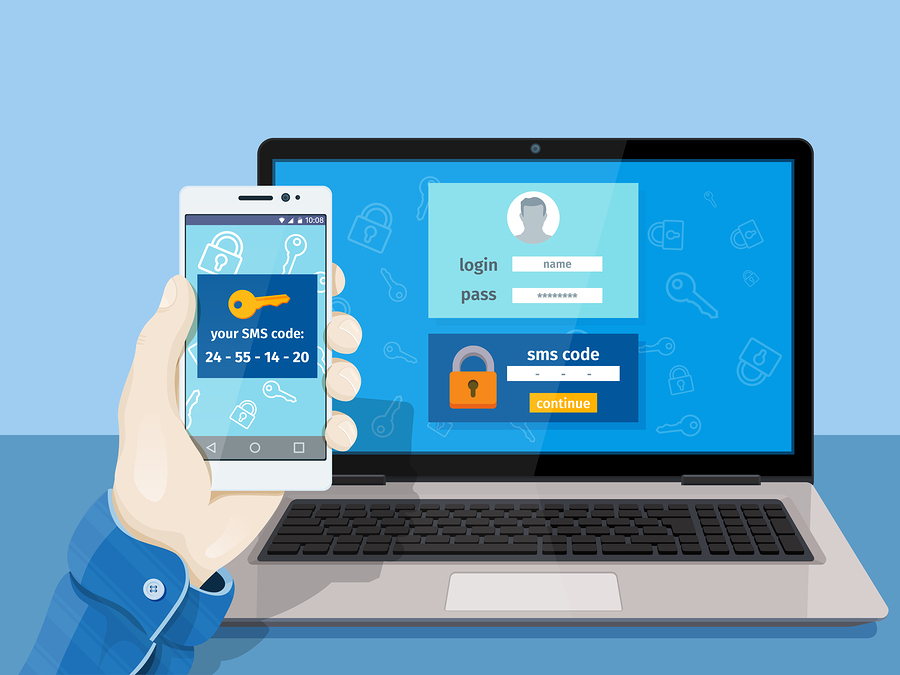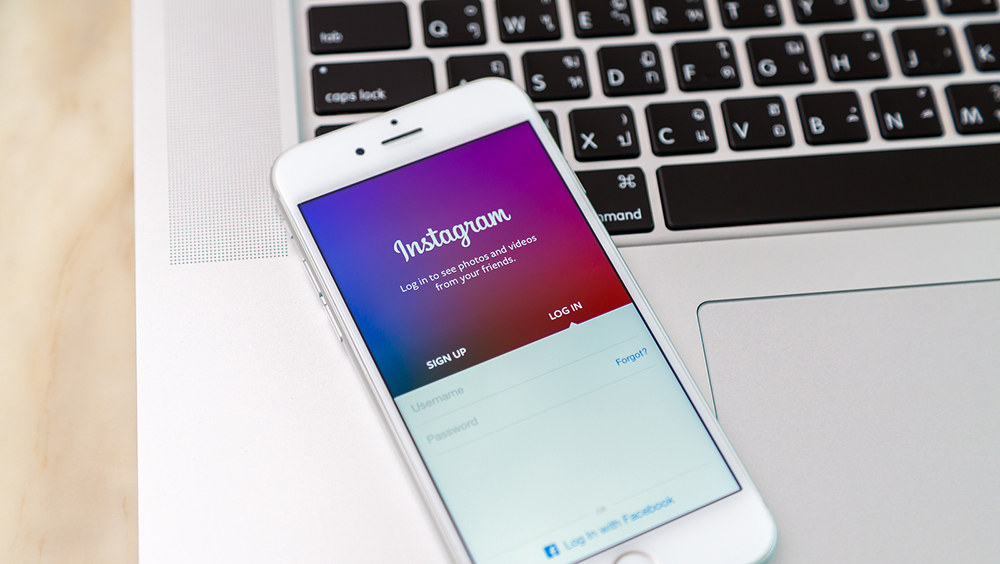Google claims default 2FA reduced account breaches by 50%
The auto-enabled security mechanism was first introduced late last year

Google has reported a 50% drop in account breaches among users with auto-enabled two-factor authentication (2FA).
The search giant began auto-enrolling users in 2-Step Verification (2SV) late last year. To date, more than 150 million users have been auto-enrolled, including over two million YouTuber users.
Commenting on the 50% drop in compromised accounts, Google said the decrease “speaks volumes to how effective having a second form of verification can be in protecting your data and personal information.”
In addition, the firm said it is actively developing technologies that will enable seamless, secure login without the need for passwords.
A case in point is security keys, another form of verification that requires users to plug in and tap a key to log in. Smartphones running the Android operating system have this functionality built right in, as do Apple devices utilizing the Google Smart Lock app.
Furthermore, the company vowed to implement more security upgrades as part of Safer Internet Day.
Starting next month, users can opt into Google's account-level safe browsing feature, which offers the broadest security protection against threats on the web and against their Google account.
Sign up today and you will receive a free copy of our Future Focus 2025 report - the leading guidance on AI, cybersecurity and other IT challenges as per 700+ senior executives
RELATED RESOURCE

Modernise your server infrastructure for speed and security
Infrastructure lifecycle automation paves the way for an adaptive, resilient organisation
Guest Mode, a privacy feature of Google Assistant, will be expanding to nine new languages in the coming months for global availability on smart displays and speakers, such as Nest Hub Max and Nest Audio.
“As always, we encourage all high-risk users to enroll in our free Advanced Protection Program, which bundles the strongest Google Account security options together, and proactively protects against new and evolving threats,” added Google.
-
 Gender diversity improvements could be the key to tackling the UK's AI skills shortage
Gender diversity improvements could be the key to tackling the UK's AI skills shortageNews Encouraging more women to pursue tech careers could plug huge gaps in the AI workforce
-
 Researchers claim Salt Typhoon masterminds learned their trade at Cisco Network Academy
Researchers claim Salt Typhoon masterminds learned their trade at Cisco Network AcademyNews The Salt Typhoon hacker group has targeted telecoms operators and US National Guard networks in recent years
-
 Apple, Google, Microsoft expand their support for password-less sign-ins
Apple, Google, Microsoft expand their support for password-less sign-insNews New approach promises to offer “simpler, stronger authentication” across leading platforms to help protect users from malicious activity
-
 Zoom finally rolls out two-factor authentication
Zoom finally rolls out two-factor authenticationNews The tool is to help organisations prevent identity theft and security breaches
-
 Instagram begins rolling out two-factor authentication
Instagram begins rolling out two-factor authenticationNews The company will use SMS codes to verify users' identity
-
 Apple beefs up iCloud security
Apple beefs up iCloud securityNews Two-step verification for Apple ID users on iCloud, App Store and iTunes.